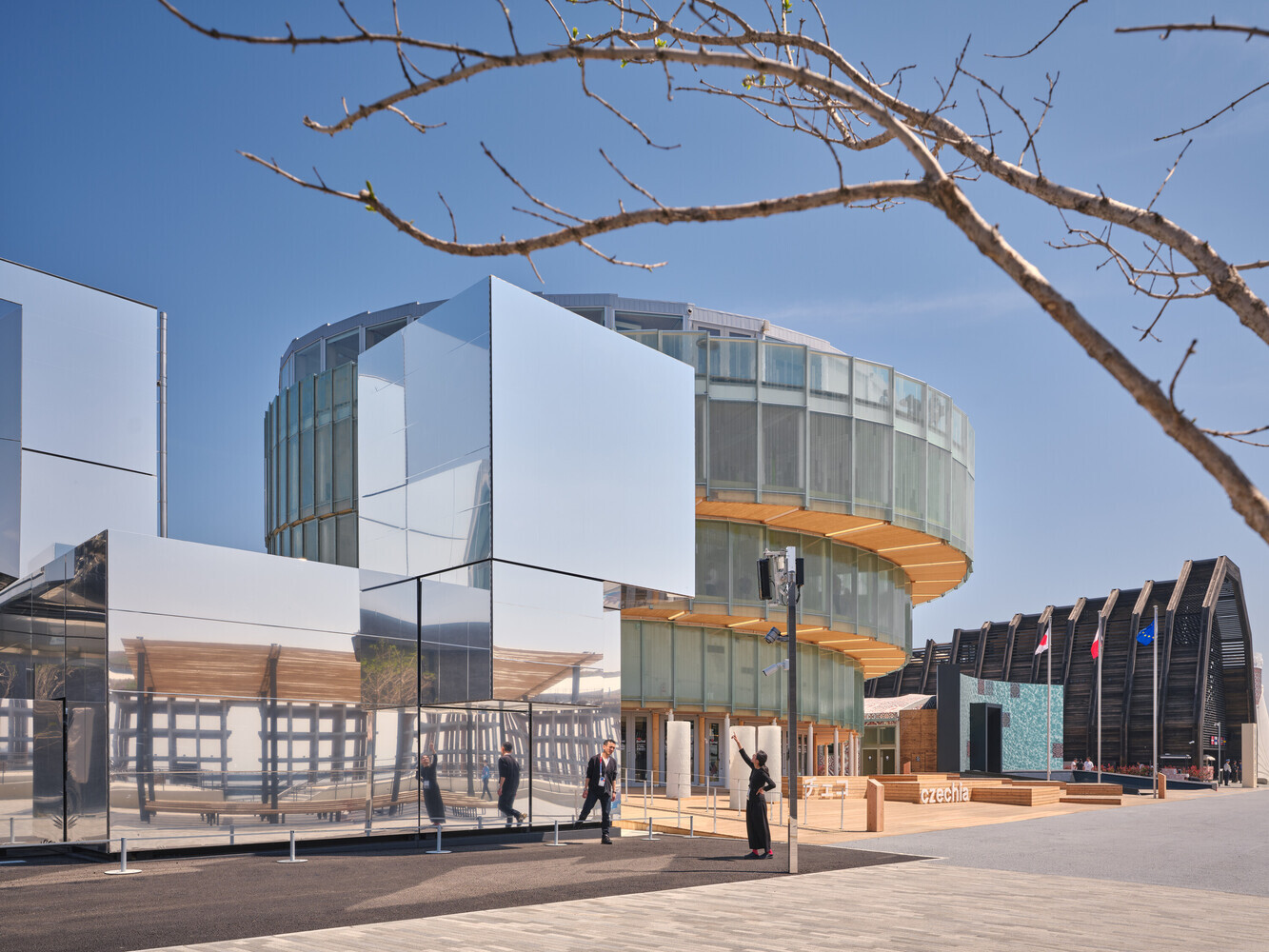
"At Osaka 2025, this symbolic and diplomatic function becomes even more pronounced. Pavilions communicate not only who a nation is, but who it aspires to be."
"No longer defined solely by oil economies, they seek to position themselves as innovation-driven futurescapes. In this context, national identity is staged like a multisensory installation."
"Architecture as a political statement, pavilions transcend cultural or technological display to become instruments of political messaging, conveying nuanced signals about values, ambitions, and worldviews."
"Japan's pavilion exemplifies this shift, employing local wood, parametric design, and natural ventilation not just for function, but as metaphors of circularity and harmony with nature."
At major World Expos, national pavilions serve as profound architectural symbols of a country’s political identity and aspirations. Expo Osaka 2025 illustrates this trend, as countries utilize innovative designs to create narratives that communicate their global image as sustainable or technologically advanced. These structures are curated to embody national ambitions, transitioning from mere cultural displays to multi-sensory installations, effectively staging a nation’s identity. Countries like Japan and the UAE showcase this evolution, using architecture as a mechanism for soft power and political messaging as they reshape perceptions of their national identity.
Read at ArchDaily
Unable to calculate read time
Collection
[
|
...
]